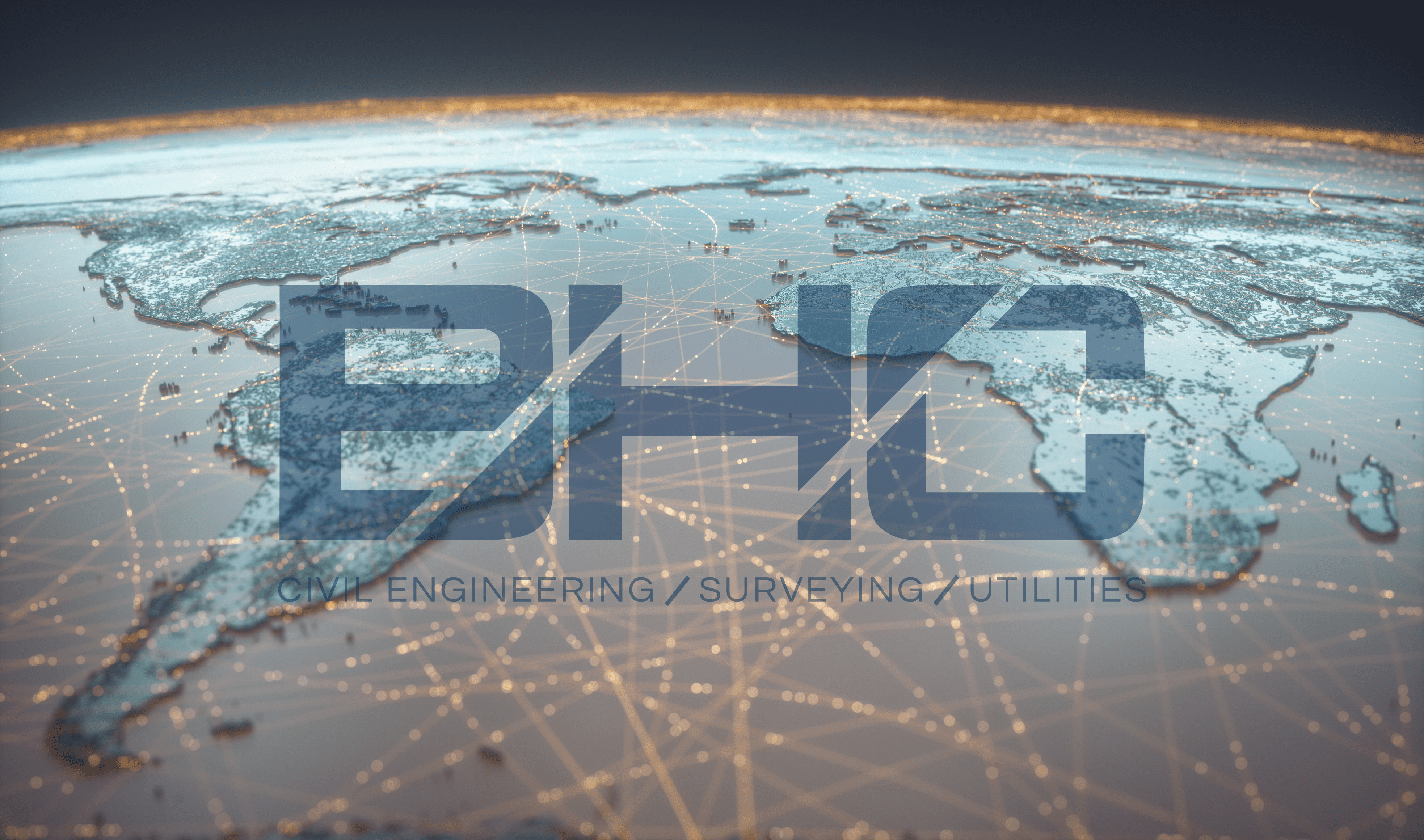Unlocking the Boundless Potential of Long-Haul Fiber Routes

In today’s hyper-connected world, the need for fast and reliable broadband connectivity is more critical than ever. From streaming high-definition videos to powering cloud-based applications, our digital activities depend on a robust network infrastructure. At the heart of this infrastructure lies the long-haul fiber optic design routes that span vast distances across land and sea, connecting continents and facilitating global communication. Since the beginning of BHC’s history, our experts have been pioneers in the race to build out long-haul fiber networks. This, my friends, is only the beginning of the boundless potential of long-haul fiber routes.
Forming the Backbone of Society
How do most Americans receive connection? The answer is in fiber optic cables beneath our feet. Long-haul fiber routes have made connectivity what it is today, as demand for bandwidth has increased significantly over the last decade. A simple way to put it— we would not have broadband connection without long-haul fiber. Companies like Amazon, Apple, Google, and Facebook are paving the way for a successful future of connectivity through long-haul fiber networks. Web-based companies are able to lease routes owned by these tech giants to expand their global reach.
Long-haul fiber optic networks are ushering in a transformative wave of change in our world. With their unparalleled speed, reliability, and capacity, these networks are revolutionizing the way we communicate, work, and live. They are bringing people closer together by breaking down geographical barriers and enabling seamless global collaboration. Improving rural broadband access is a crucial step in bridging the digital divide and promoting equitable access to information and opportunities. By investing in long-haul fiber route expansion, public and private organizations can ensure that rural communities have reliable and high-speed internet connectivity, unlocking their full potential for economic growth and social development. Long-haul fiber optic networks are driving economic growth, powering industries, and creating new opportunities for innovation and entrepreneurship. The innovation of long-haul fiber optic networks empowers individuals and organizations to unleash their full potential and propels society into the limitless possibilities of the digital age.
Somewhere Beyond the Sea: A Deep Dive into Submarine Cables
Across the vast Pacific and Atlantic Oceans lie hundreds of miles of submarine cables. These cables are responsible for establishing communication channels between countries, enabling the exchange of information critical for global commerce. The impact of submarine cables extends beyond global communication, significantly contributing to socioeconomic development. These cables bridge the digital divide, providing previously underserved regions with access to reliable and high-speed broadband connectivity. This access opens doors to educational opportunities, e-learning platforms, telemedicine services, and online job opportunities. By empowering communities with digital access, submarine cables play a vital role in fostering social and economic development, bridging the digital divide, and improving overall quality of life.
Over the years, BHC has had the opportunity to work on a number of these subsea cable landing projects to enhance global connectivity. The installation of submarine cables is a complex engineering feat that requires meticulous planning and precise execution. The steps to deploying subsea fiber optic cable networks include the following steps.
- Planning and Establishing a Cable Landing Station: BHC’s involvement in submarine cable projects has focused on the preparation of the land and connection to the power feed equipment room for nearby connection. This is an important step in the process, considering this is where everything starts. Our experts provide permitting support and construction administration services, as well as near shore, shore, and beach manhole design and backhaul to the power feed equipment room to start the process.
- Planning and Surveying: Before the installation process begins, extensive planning and surveying of the ocean floor is conducted to determine the optimal route for the cable. This involves mapping the seabed, identifying potential obstacles, and considering factors like water depth, currents, and geophysical conditions.
- Laying the Cable: The cable-laying ship proceeds to the designated starting point of the cable route. Using dynamic positioning systems, the ship maintains its position while the cable is fed out from the cable tanks. The cable is gradually lowered into the water, guided by tensioners that regulate its speed and tension.
- Plowing or Trenching: In some cases, particularly in shallow waters, the cable may be buried or plowed into the seabed using specialized plow or trenching equipment. This helps protect the cable from harsh currents, fishing activities, anchor drops, and other potential hazards.
- Repeaters and Branching Units: Along the cable route, repeaters and branching units may be installed about every 50 miles. Repeaters amplify the optical signal to compensate for the signal loss over long distances, ensuring the integrity of the transmitted data. Branching units allow for the connection of additional cables or the branching off to different locations.
- Testing and Commissioning: Once the cable is laid, it undergoes testing and commissioning to ensure its functionality and performance. This involves conducting various tests, including signal quality, power levels, and connectivity checks.
Our professionals have been part of connecting communities around the world through land and sea networks for over 30 years. BHC has been part of a handful of trans-pacific cable landing projects, like the sites at Hermosa Beach, Grover Beach, and Manchester in California. Regular monitoring of the cables’ performance, including tracking data transmission speeds and signal quality, is crucial to promptly identify and address any potential issues that could impact connectivity. A detailed map of submarine cable networks, including the ones BHC has been involved with, can be found through TeleGeography’s Submarine Cable Map.
In It for the Long-Haul
Long-haul fiber optic routes enable seamless communication and data transmission over vast distances, connecting continents, nations, and communities. The significance of long-haul fiber optic routes cannot be overstated, as they empower industries, drive economic growth, and foster global collaboration. With their high-speed capabilities, reliability, and capacity, long-haul fiber optic routes support the ever-Increasing demand for bandwidth-intensive applications and emerging technologies. The combination of these technologies unlocks new possibilities by facilitating seamless communication, enabling real-time interactions, and empowering industries to leverage emerging technologies. As we look to the future, the continued expansion and enhancement of long-haul fiber optic routes will play a crucial role in shaping our digital landscape, fostering innovation, and bringing people closer together in a world that thrives on connectivity.
From project conception to completion, you can count on BHC to get the work done. Our ‘No Problem’ approach to challenges allows us to provide excellent customer service and resolutions for your projects. To view our project portfolio, visit ibhc.com/service/utilities/. Visit our connect page to get in touch with one of our long-haul fiber experts and expand your network today.
